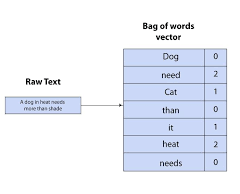Taking advantage of generative AI requires complete, unified, and accurate data, according to over half of IT leaders. Yet roadblocks remain. A recent survey found most IT leaders don’t have a unified data strategy and can’t integrate generative AI into their current tech stack. Technical requirements aside, generative AI also surfaces serious ethical considerations. Utilizing Generative AI.
Nearly three-quarters of IT leaders are wary of biased or inaccurate results, yet fewer than a third consider ethical use guidelines critical.
As an IT practitioner, it’s your job to understand the tech landscape and educate your organization about the power and risks of certain technology solutions, regardless of their application. Generative AI is no different.
At this stage, you should be thinking about generative AI from a board-level perspective, looking beyond the near term and well into the future. What are all the risks and rewards? What are the ways your organization might win or lose? How will your people react or respond? How might generative AI make your organization more competitive and effective?
Don’t assume anyone within your organization is thinking strategically about how or where generative AI should be applied.

Developing a proprietary generative AI solution will take months to deliver (if not longer), but if done correctly, the resulting model would be highly secure and likely very impactful for your specific organization.
Most organizations will lean toward buying or leasing a base model and fine-tuning as needed. This approach would still consume time and resources but be optimized for use cases and maintain a level of security.
Generative AI focuses on creating new and original content, chat responses, designs, synthetic data or even images. It’s particularly valuable in creative fields and for novel problem-solving, as it can autonomously generate many types of new outputs.
How can we use generative AI?
Generative AI models can create graphs that show new chemical compounds and molecules that aid in drug discovery, create realistic images for virtual or augmented reality, produce 3D models for video games, design logos, enhance or edit existing images, and more.

Which tasks uses generative AI?
Generative AI or generative artificial intelligence refers to the use of AI to create new content, like text, images, music, audio, and videos. Generative AI is powered by foundation models (large AI models) that can multi-task and perform out-of-the-box tasks, including summarization, Q&A, classification, and more.













